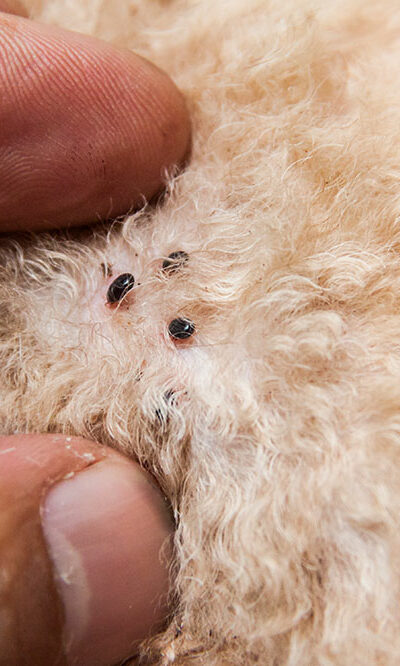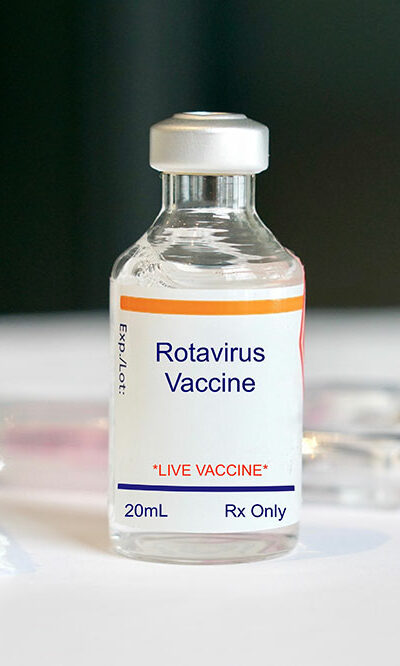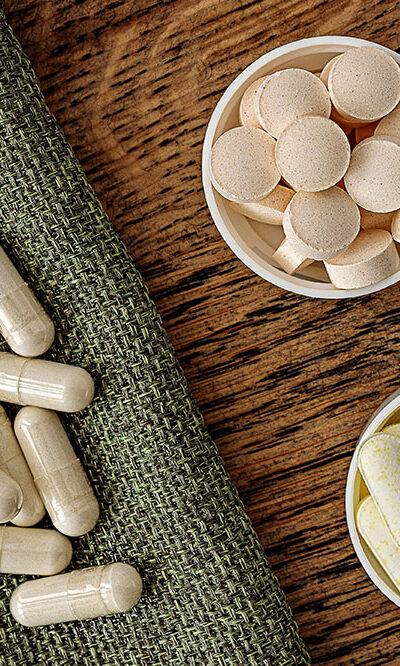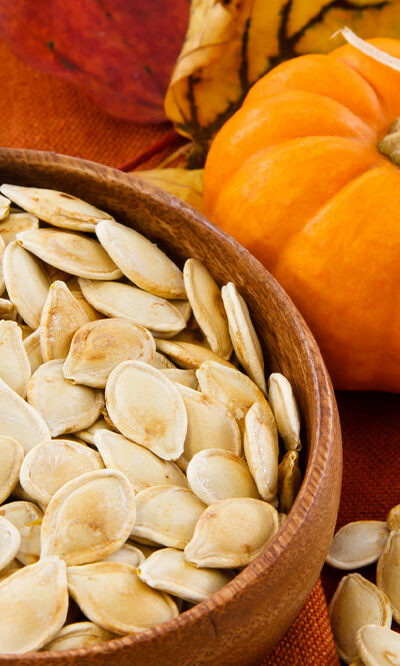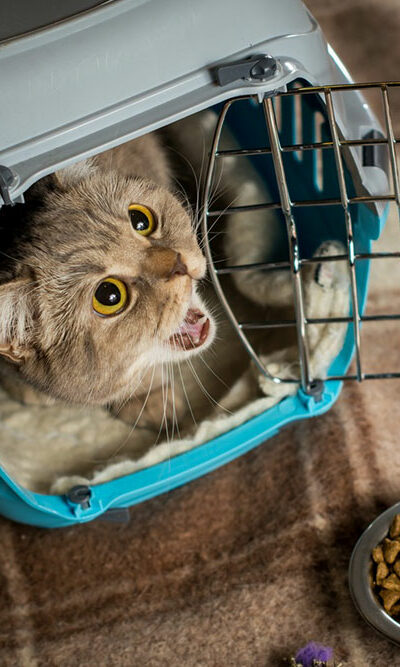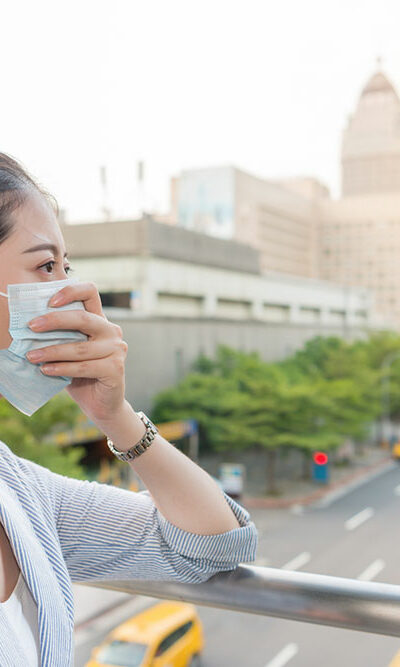
Allergies- Types, Symptoms, and Treatments
An allergy is a disease caused when our immune system becomes hypersensitive due to contact with any foreign substance. These allergic reactions vary from person to person –while some allergies are less complicated with rashes or redness on skin some can be fatal like sending you into an anaphylactic shock where you find it difficult to breathe. Based on the different types of allergies, you need the best allergy medicine which can help your immune system to recover. Food allergy Although more popular among kids and infants, it can also affect adults at any point in time. The concerning thing about food allergies is that it can even occur suddenly after eating food you have been consuming for long. While allergies can happen after consuming anything from eggplant to prawns, the 8 foods that trigger 90% of allergic cases include eggs, soy, milk, wheat, tree nuts, peanuts, fish, and shellfish. Sesame or mustard seeds can also trigger allergies. Symptoms include a swollen tongue, breathing problems, dizziness, wheezing, vomiting, repetitive cough, pale or flared skin etc. Severe symptoms include anaphylactic shock with a sudden drop in blood pressure, unconsciousness and blockage in the air passage. The best way to avoid food allergy is to avoid those foods or products that contain this food in them. In case of Anaphylaxis, injecting an EpiPen initially will help followed by medical attention. Drug allergy Drug allergies can occur after you take a medicine and your immune system gets sensitized with the ingredients of the medication, regardless of whether they are in liquid, tablet, capsule or are transfused through injections. The common triggers of this allergy can be attributed to Anticonvulsants, Penicillin and Penicillin-based antibiotics, Sulfa Drug based antibiotics, chemotherapy drugs and NSAIDs like Aspirin and Ibuprofen. The symptoms include hives, itching, rashes, swelling, wheezing and other breathing complications and in severe cases, anaphylaxis.

